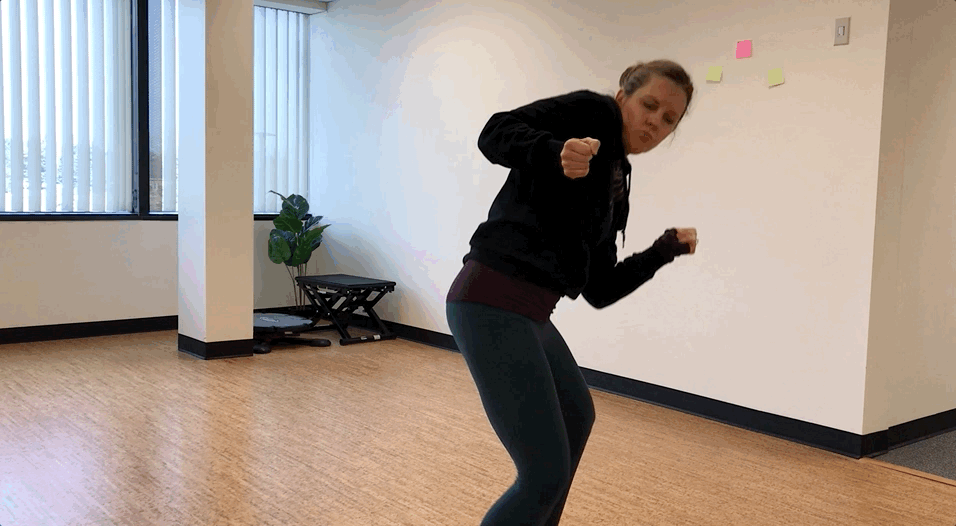When I am teaching a new exercise to a client, I often modify the exercise to better suit that client's individual needs. My clients sometimes protest my suggested change. They resist making the modification and ask me some form of the question, "But if I do it this way... I'm not really doing it, am I?"
I get it. We are usually working with a physical therapist because something is going wrong and we want to do all the right things to help ourselves get better. Doing an exercise with textbook form may seem like the right thing to do. However, if we pursue perfection before our body is ready for it, we put ourselves on the fast track to pain city. On the other hand, to not do an exercise the way we think it's supposed be done feels like failure.
At the heart of this problem lies a key question: How do we define success? Is success based on outcome... or action? Even though the ultimate goal of rehab is to return to doing everything we love to do (outcome), the best way to reach that goal might be to simply find ways to move without pain (action). We can't reach our destination without traveling the path that leads to it.
Today, I encourage you to release yourself from the expectation of a perfect outcome and, instead, celebrate the success of taking action.
Squat Success
Are you apprehensive about squatting because of knee pain or because you think that squatting may damage your knees? You are not alone. Although some people do experience knee pain when squatting, the squat itself is not to blame.
A squat is simply a bending of the legs that brings our body closer to the ground. It's a worthwhile exercise because it helps us better able to reach things on the floor or under the counter, get up and down from chairs, and get up and down from the floor. Pain that occurs while squatting is most likely just a signal that our bodies need a little more help to be able to squat successfully.
Please take a look at this video to learn how to find ways to build a more successful squat.
Is a squat that doesn't conform to "correct squat form" still a squat? Yes! Is it still worth doing if it's not perfect? Yes!! Use this information to help you find a way of squatting that feels great to you. If you love squats and feel great doing them, please use these squat variations to build even more flexibility and strength.
**Please do not continue any exercise that causes you pain or poses a risk to your safety. If pain is keeping you from moving normally or exercising, please seek individualized care from a physical therapist or physician so you can start feeling and moving better now.**
This post originally appeared as a part of Kinesi, LLC's biweekly newsletter, "Movement Matters." If you would like to receive "Movement Matters" via email, please subscribe here. Thanks for reading!









